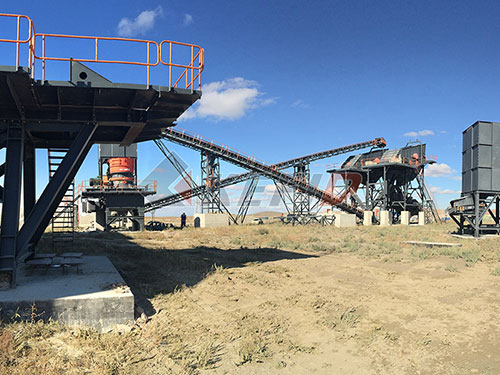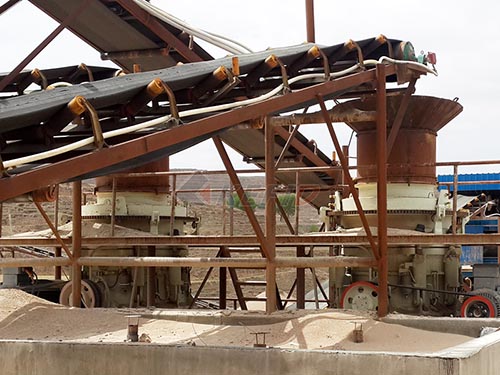The Game Changer: How Portable Rock Crushers Are Revolutionizing On-Site Processing
In the demanding worlds of construction, demolition, mining, and aggregate production, efficiency is paramount. Traditional crushing operations often involve transporting raw materials long distances to fixed processing plants – a process plagued by high fuel costs, logistical headaches, environmental impact from trucking emissions, and significant time delays. Enter the Portable Rock Crusher: a compact, mobile powerhouse engineered to bring the crushing plant directly to the source material, fundamentally changing how we process rock on-site.
What Exactly is a Portable Rock Crusher?
At its core, a portable rock crusher is exactly what its name suggests: a machine capable of reducing large rocks into smaller gravel, aggregate (sand), or dust directly at the location where the material is excavated or stockpiled. Unlike their stationary counterparts anchored in concrete foundations for decades, portable units are mounted on robust wheeled trailers or tracked undercarriages designed for highway travel or rough terrain navigation.
Components & Functionality:
1. The Crusher: The heart of the machine can be various types:

Jaw Crushers: Ideal for primary crushing of hard rock; use compressive force between fixed and moving jaws.
Impact Crushers (Horizontal Shaft Impactors – HSI / Vertical Shaft Impactors – VSI): Excellent for softer rock and producing high-quality cubical aggregate; utilize high-speed impact.

Cone Crushers: Primarily used for secondary crushing; offer precise control over final product size via adjustable settings.
2. Feeder System: A hopper receives raw material (run-of-mine rock or demolition concrete) which is then fed into the crusher at a controlled rate via vibrating grizzly feeders or apron feeders.
3. Conveyor System: Transports crushed material away from the crusher discharge point to stockpile locations or onto other processing equipment like screens.
4. Power Source: Most commonly diesel engines provide independent power for both crushing operations and hydraulic systems (for setup adjustments). Electric options exist where grid power is readily available onsite.
5. Chassis & Mobility: Heavy-duty frames support all components on either tracks (superior mobility on rough terrain) or wheels (faster road transport).
6. Screening Unit (Often Integrated): Many modern portable plants incorporate vibrating screens (“closed-circuit” configurations) immediately after the crusher to separate crushed material into specific size fractions instantly

Leave a Reply